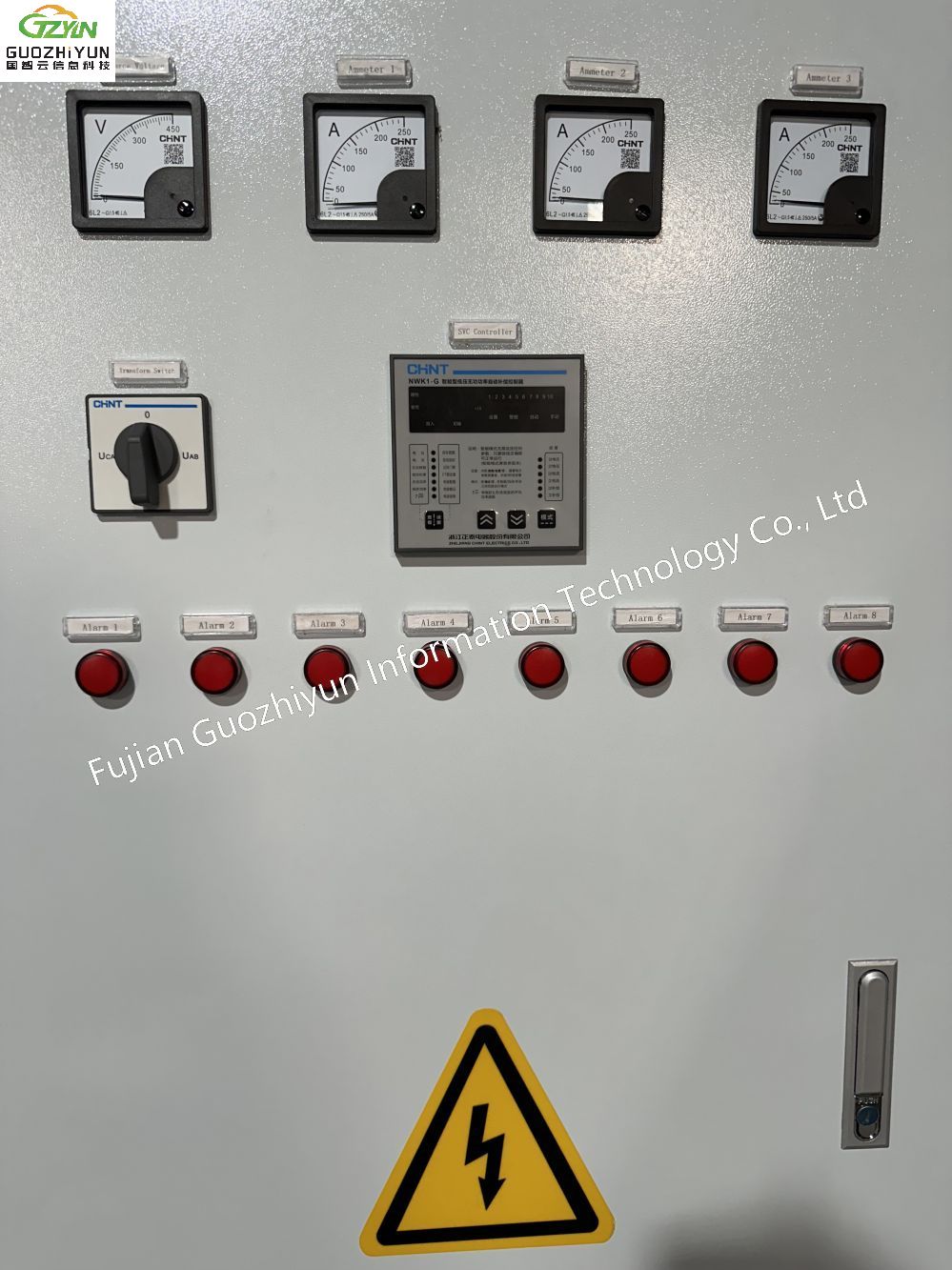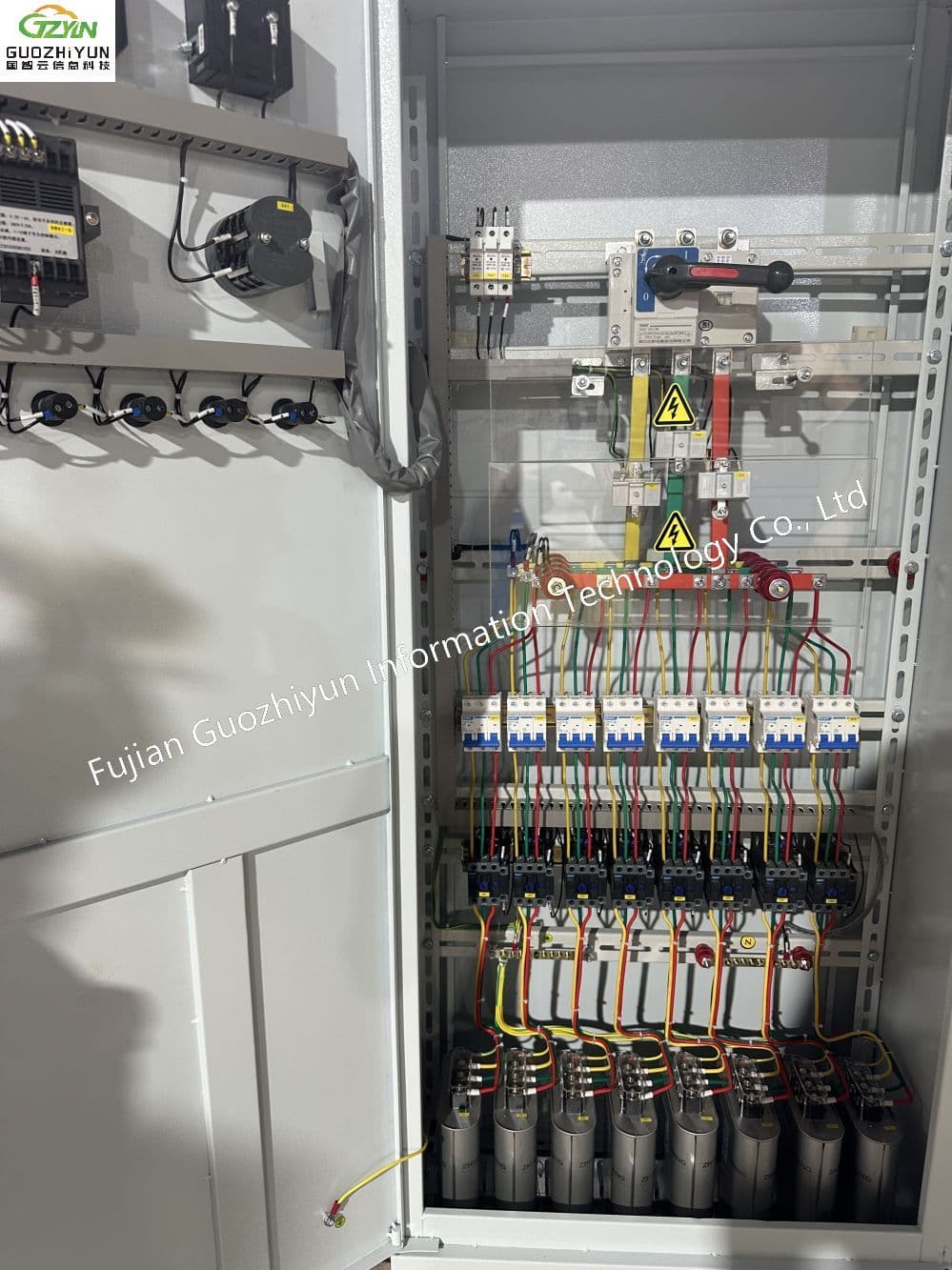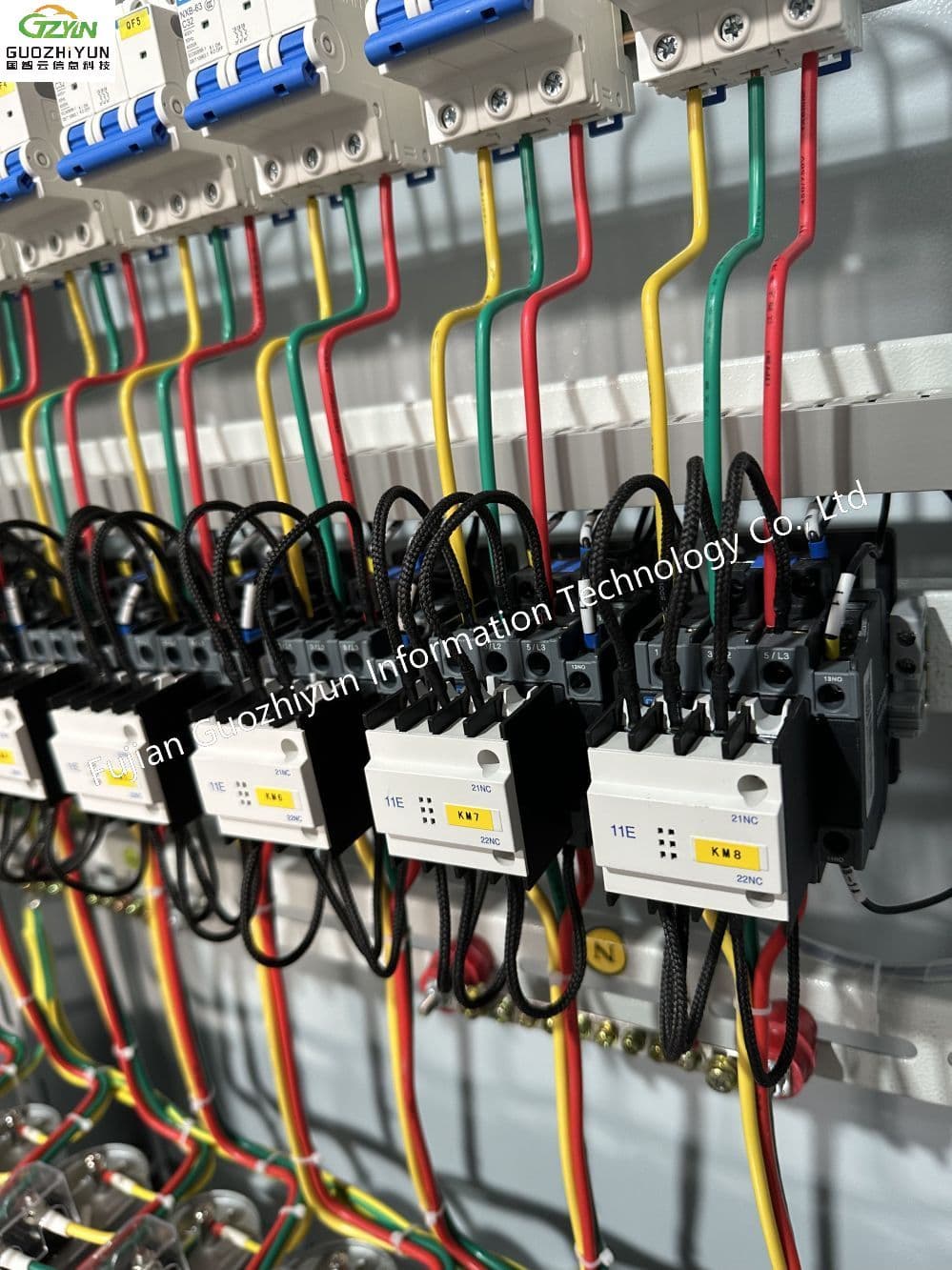Capacitor compensation cabinet, commonly known as reactive power compensation device, is mainly used to adjust the power factor in the power system, reduce reactive power, and improve power supply efficiency and power quality.
The main function of capacitor compensation cabinet is to improve power factor and reduce reactive power. In the power system, power factor is a key indicator, which reflects the ratio of active power to apparent power. When the power factor is low, it means that there is a large amount of reactive power in the power grid, which leads to reduced power transmission efficiency and increased power loss. By investing in appropriate capacitors, reactive power can be offset and power factor can be improved, thereby reducing power loss and improving equipment utilization.
There are two main methods to determine the capacity of the capacitor compensation cabinet: one is to estimate based on the transformer capacity, usually taking 20% to 40% of the transformer capacity; the other is to determine the compensation capacity by calculating the actual reactive power required by the electrical equipment. For example, for a 500kVA transformer, the reactive compensation capacity is generally designed to be around 150kvar.
In actual configuration, the selection of internal components of the capacitor compensation cabinet is very important. The main switch should use a fuse-type knife switch with protection function to ensure system safety; the selection of capacitors needs to be reasonably configured according to the actual load conditions and installation location. The capacity of a single capacitor is generally between 16-30kvar. In addition, the selection of components such as switching contactors, wires, and protective electrical appliances is also very critical to ensure the stable operation and maintenance convenience of the compensation cabinet.
Capacitor compensation cabinet plays a vital role in the power system. Through reasonable selection and configuration, it can significantly improve the efficiency of electric energy utilization and reduce energy consumption. In actual applications, accurate calculation and configuration should be carried out according to the specific power environment and needs to ensure the optimal compensation effect.


